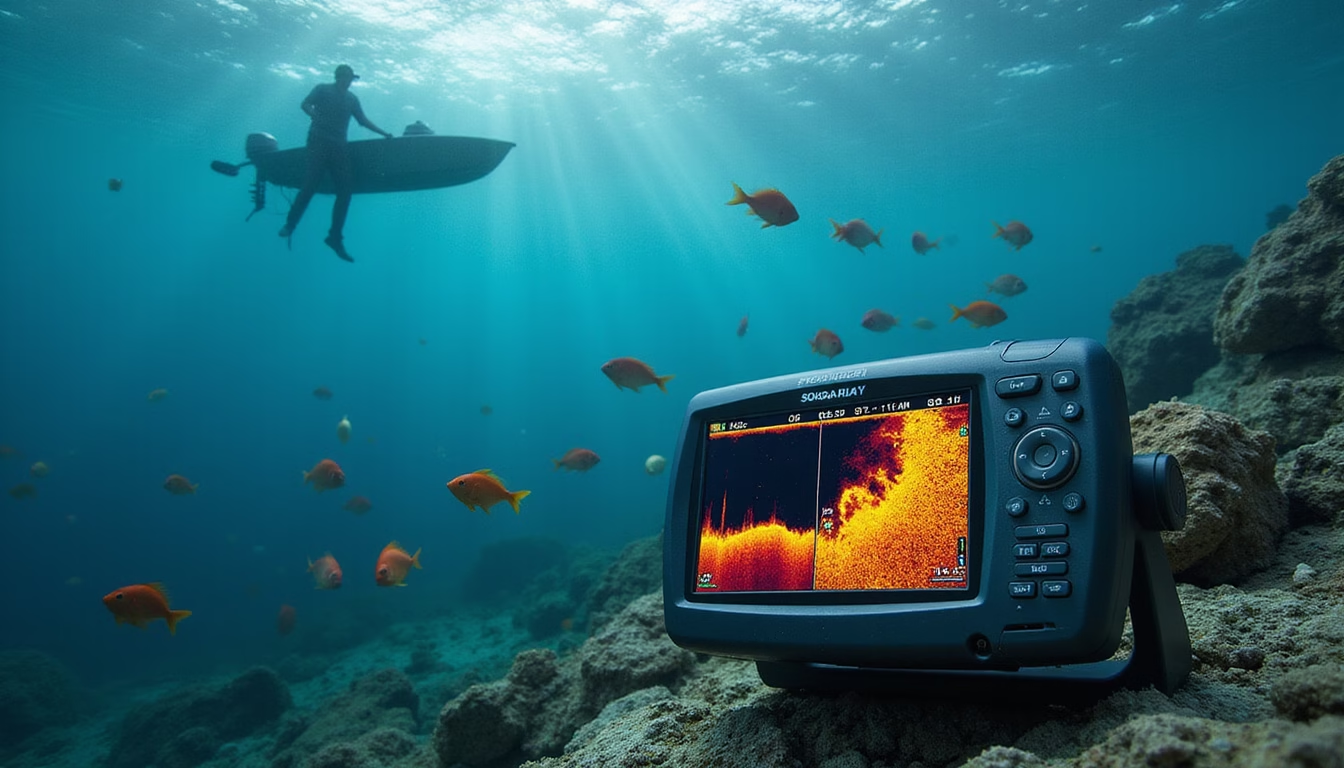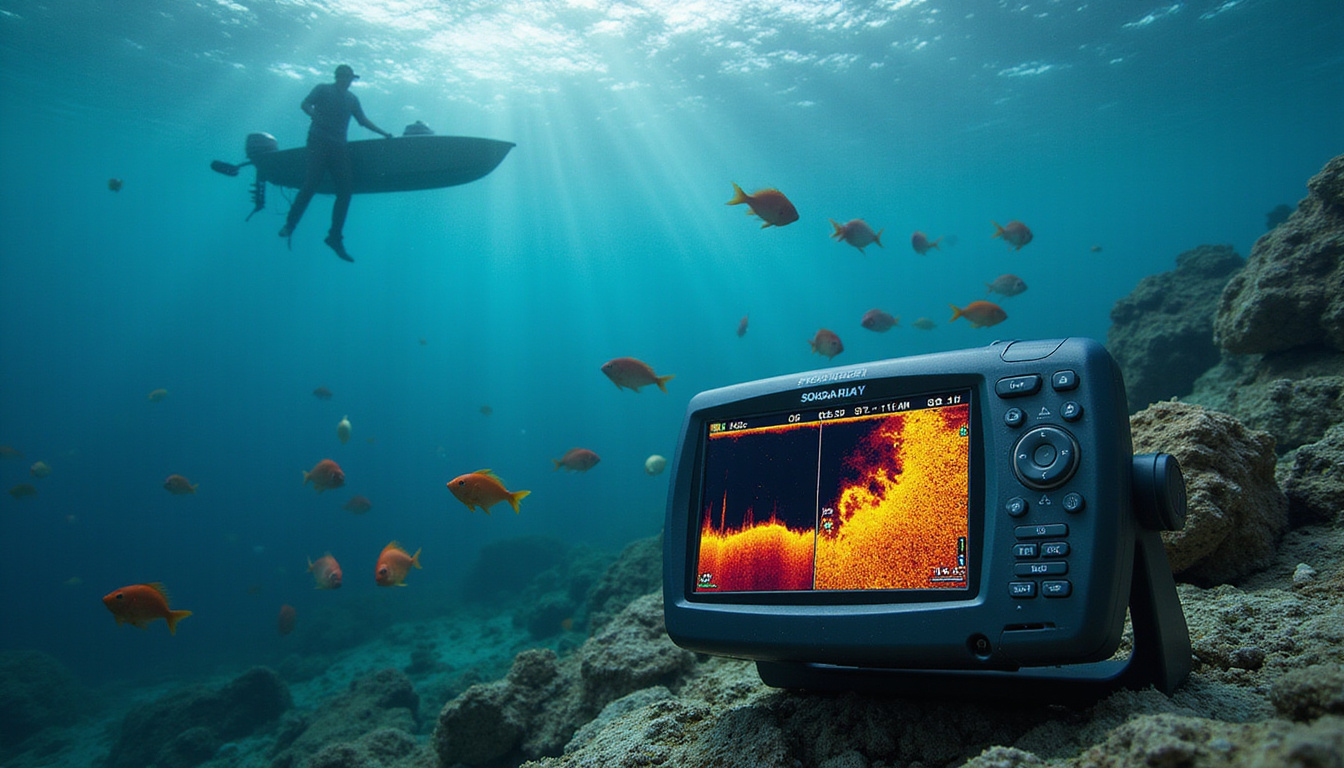
Mastering the Art of Reading a Fish Finder Like a Pro: Essential Tips and Techniques
On May 6, 2025 by Andy FordFishing has long been a beloved pastime, but with the advent of advanced technology, anglers have access to tools that can dramatically improve their chances of success.
One such invaluable tool is the fish finder.
This electronic device uses sonar technology to help you map underwater structures, locate schools of fish, and enhance your overall fishing experience.
If you’re eager to elevate your fishing game and want to learn how to read a fish finder like a pro, you’ve come to the right place.
This article will guide you through the basics of fish finders, how to interpret sonar signals, identify fish and structure, along with essential tips for effective usage and maintenance.
Mastering Saltwater Fishing: A Complete Guide to Choosing the Right Fishing Line

Key Takeaways
- Familiarize yourself with the basic components and functionality of a fish finder to maximize its potential.
- Learn to interpret sonar signals by recognizing patterns and understanding settings for better clarity.
- Identify fish and underwater structures effectively by distinguishing between different shapes and sizes on the display.
- Utilize tips for effective usage, such as adjusting sensitivity and depth settings, to enhance your fishing experience.
- Maintain your fish finder regularly to ensure consistent performance and longevity of the device.
Understanding Fish Finder Basics
Understanding the basics of fish finders is essential for any angler looking to enhance their fishing experience.
A fish finder utilizes sonar technology to detect underwater objects and display this information on a screen, allowing fishermen to locate fish more efficiently.
To dive deep into this topic, it’s crucial to learn how to read a fish finder like a pro.
Understanding the display layout is the first step; typically, it includes a depth scale, a fish symbol indicator, and detailed bottom contour readings.
As you familiarize yourself with the various sonar readings—such as arches indicating fish presence and the bottom’s hardness—you’ll begin to interpret what the device is showing.
Additionally, recognizing the difference between shallow and deep-water settings can greatly improve your ability to target fish in different environments.
As you become more skilled in interpreting these visual cues, you’ll find that knowing how to read a fish finder like a pro can lead to more successful fishing trips and a deeper appreciation for the underwater ecosystem.
Interpreting Sonar Signals
Interpreting sonar signals is a critical skill for anyone looking to maximize their fishing experience.
When learning how to read a fish finder like a pro, the first step is to understand the basic components of sonar technology.
Fish finders employ sonar waves that bounce off objects underwater, sending back signals to create a visual representation of the underwater environment.
As you familiarize yourself with your device, look for different symbols on the screen—such as fish arches—indicating the location and size of fish.
The depth indicator is also crucial, helping you adjust your bait to the appropriate level for the species you’re targeting.
An essential tip is to pay attention to the bottom structure; a rocky or weedy bottom often holds more fish than a sandy one.
By mastering these elements, you can enhance your fishing strategy and increase your overall catch rate.
‘The greatest education in the world is watching the masters at work.’ – Michael Jackson
Mastering Saltwater Fishing: A Complete Guide to Choosing the Right Fishing Line

Identifying Fish and Structure
When it comes to fishing, mastering the art of using technology can significantly enhance your experience, especially if you’re seeking to understand how to read a fish finder like a pro.
A fish finder is not just a gadget; it’s your window into the underwater world, revealing not only the presence of fish but also the structure beneath the surface.
To get started, familiarize yourself with the key features of the device, including the transducer, which sends sonar waves into the water, and the display screen, where you’ll visualize the data.
Pay close attention to the different colors and signals that indicate fish size and depth—usually, warmer colors represent denser and larger fish schools.
Knowing how to interpret these signals can mean the difference between a fruitful day on the water and returning empty-handed.
Additionally, learning about the underwater structures shown, like rocks, weeds, or drop-offs, will aid you in pinpointing where fish are likely to hide, as they often congregate around these features.
With practice, you’ll be expertly identifying fish and structures, ensuring that you not only enjoy fishing more but also increase your catch.
Tips for Effective Usage and Maintenance
Using a fish finder can transform your fishing experience, making it easier to locate schools of fish and understand underwater structures.
Here are some tips on how to read a fish finder like a pro to enhance your angling skills.
First, familiarize yourself with the different displays—traditional sonar, down imaging, and side imaging each offer unique views of the underwater landscape.
Don’t hesitate to refer to the device’s manual to understand the settings; adjusting the sensitivity can help filter out noise and provide a clearer picture.
Secondly, pay attention to the colors on the screen—typically, blue indicates water depth, while red and yellow might represent schools of fish or underwater structures.
Moreover, practice interpreting arcs and fish icons; understanding the difference between a dense ball of bait fish and individual fish will sharpen your targeting abilities.
Lastly, regularly maintain your fish finder by keeping the transducer clean and ensuring software updates are applied, resulting in better accuracy and performance.
By mastering these tips, you’ll be well on your way to reading a fish finder like a pro, landing more fish, and making your fishing trips more productive.
Frequently Asked Questions
What are the basic functions of a fish finder?
A fish finder typically uses sonar technology to detect underwater objects, including fish, structure, and bottom contours.
It displays this information on a screen, showing depth, size, and location of fish, as well as submerged structures.
How do I interpret sonar signals accurately?
To interpret sonar signals, familiarize yourself with the display screen, understanding the difference between colors and shapes.
Fish are usually represented as arches or icons, while the bottom structure varies in color based on its composition and depth.
What tips can help me identify fish and underwater structures?
Look for distinct arches on the sonar display, which usually indicate fish.
Pay attention to the spacing and size of these arches, as well as how they move with the current.
Additionally, learn to recognize different structures by their unique patterns on the screen.
How can I use my fish finder more effectively while fishing?
Utilize your fish finder regularly to track depth changes and locate hotspots.
Adjust settings like sensitivity and frequency based on your fishing environment.
Keep the display clean and ensure your transducer is positioned correctly for optimal readings.
What maintenance should I perform on my fish finder?
Regularly clean the transducer and display to ensure accurate readings.
Check for software updates from the manufacturer to keep the device functioning optimally.
After each use, store the fish finder properly to protect it from damage.
100% Free Ai trading Bot Click here for yours!
